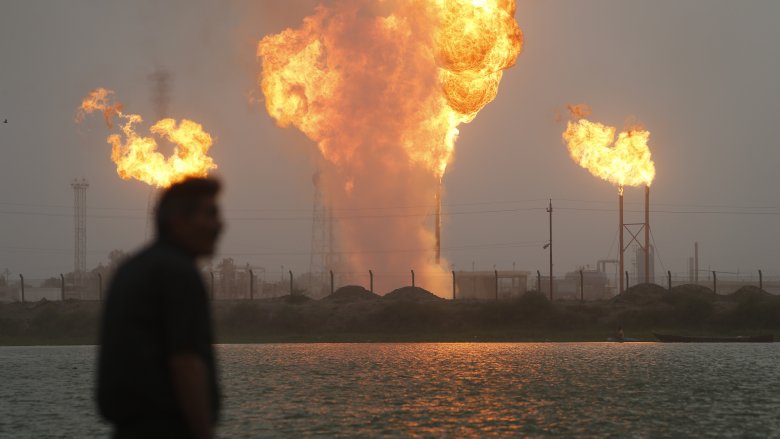The latest , an authoritative and independent measure of worldwide gas flaring, reveals that global gas flaring volumes rose by about 7% to 148 bcm in 2023 from 139 bcm in 2022. Oil production remained relatively stable, resulting in an increase in the global average flaring intensity. The total increase of 9 bcm in gas flaring resulted in an additional 23 million tonnes of CO2e emissions.
The top nine flaring countries continue to account for 75% of all flaring but only 46% of global oil production. The gas flared in 2023 could have been used to improve energy access in some of the world's most energy-poor regions. If utilized, it could have generated enough electricity to double the amount currently provided in Sub-Saharan Africa.
The increase in gas flaring in 2023 has highlighted the need for oil producers to accelerate efforts to end routine flaring and minimize methane emissions from oil and gas operations. The report emphasizes the importance of transparent, accurate reporting on flaring and methane emissions, the implementation of low-emission technologies for flare systems, and a shift in attitudes and policies to treat associated gas as a resource rather than a byproduct.
GFMR estimates that in 2023, flaring released 381 million tonnes of CO2e, with a significant portion in the form of unburnt methane. Even more disturbingly, on a 20-year basis where methane has a global warming potential up to 80 times greater than carbon dioxide increasing the emissions to 458 million tonnes of carbon dioxide equivalen. The report also underscores the ongoing challenge of measuring methane from flaring. If flares are less efficient than assumed, the actual emissions could be higher than current estimates suggest.
Gas flaring continues to be a complex issue influenced by economic, market, regulatory, and political factors. While some countries have made strides in reducing flaring, the overall increase in 2023 demonstrates the need for continued and enhanced efforts. The report calls on governments, operators, and stakeholders to prioritize sustained action to reduce gas flaring and methane emissions from oil and gas operations to mitigate climate change impacts and ensure a sustainable future.
